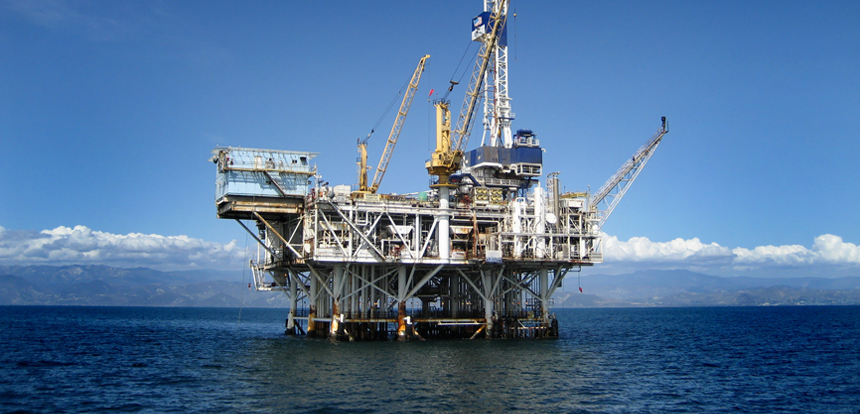Mining and Beneficiation Overview

Mining and mineral beneficiation currently contributes some 5,0% of South Africa's GDP and is the country's single largest private employer (400 000 people), with small-scale mining operations also making a significant contribution to employment creation. Despite the hard times, mining still employs just under 3% of South Africa’s employed workforce, makes a significant direct contribution to GDP, sits on extensive reserves, and remains a world leader in the production of many minerals.
In 2019, the KZN mining industry contributed just over 1.85% to the provincial GDP and roughly 0.30% to the South African GDP in real terms. The expectation is for the contribution to have increased following increased exploration activity across the province.
Aside from their contribution to GDP and impact in rand, the minerals found in KZN have other tangible benefits, enabling mining companies to provide employment to the communities in which they operate. In 2019 mining companies in the province paid almost R3.3 billion in total earnings and payments to employees and employed over 12 000 people (comprising of establishment 6 326 and contractors 5 762). In terms of salary and earnings expense, this was the most amount dispensed since 2007. However, although the KZN economy continues to benefit greatly from mining, it is not benefiting as much as it could, and the costs of mining are increasingly borne by communities in rural areas.
Mineral beneficiation has become a major driver in advancing the empowerment of historically disadvantaged communities in this country. It also presents opportunities for the development of new entrepreneurs in both large and small mining industries.
The existence of a relatively small but relevant minerals natural resource reserves in the KZN province, and the presence of several highly skilled and capacitated operating mines with international pedigree, present ample opportunity to transform minerals or a combination of minerals into a higher-value products for both the domestic and international markets. The potential for beneficiation in the province is an employment driver, which also enables the development of new entrepreneurs in the down-stream, mid-stream and side-stream industries. It also sets a foundation for improved domestic economic activity and product development.
Recently, there has been discussions on the discoveries of coal and quartz crystals in the province, which has added more impetus to the need for further investigations and possible beneficiation. The province already boosts a set of comparative advantages that are crucial in its quest to bring in lucrative deals for its minerals and attract more foreign currency to further beneficiate the local communities. However, while a comparative advantage - in the form of mineral endowment - can be readily translated into a competitive advantage, the process should not be taken for granted and there should be coordination of efforts to highlight existing competitive advantages. Instead of assuming that competitiveness will automatically occur by the mere existence of minerals in KZN, stakeholders must put in concerted effort to continuously improve on existing competitive advantages such that, beneficiating minerals becomes lucrative with shared benefits to the local communities.
The dominant mining activity in KwaZulu-Natal as per the total mined commodity types, is the mining of sand and other aggregates with 97 operating mines, followed by the mining of coal (anthracite and bituminous) with 14 operating mines, and by titanium (including titanium concentrate, zircon concentrate, iron bp manganese and titanium slag) with 4 operating mines.
The mining and systematic beneficiation of coal in the local communities, for instance, can significantly contribute to bringing down the cost of electricity, render the province highly competitive and improve its perception in the global market place towards more foreign direct investment (FDI), with extended benefits for the KZN community.
The province's coalfields produce largely metallurgical anthracite coal, as well as semi-coking coal products used as a replacement for hard-coking coal, for the steel mills found in KwaZulu-Natal.
The province also boasts mineral and sand mining operations along the north coast, as well as quarrying (limestone, stone and aggregate) activities across the province, inclusive of, especially, the South Coast.
The province is home to one of the leading coal export terminals in the world the Richards Bay Coal Terminal (Proprietary) Limited (RBCT . Positioned at one of the world’s deep seaports, RBCT is able to handle large ships and subsequent large volumes.



